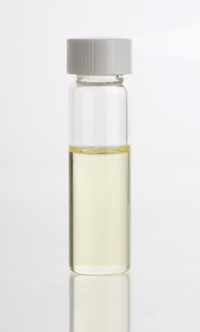
Photo from wikipedia
BackgroundIn citrus the transition from juvenility to mature phase is marked by the capability of a tree to flower and fruit consistently. The long period of juvenility in citrus severely… Click to show full abstract
BackgroundIn citrus the transition from juvenility to mature phase is marked by the capability of a tree to flower and fruit consistently. The long period of juvenility in citrus severely impedes the use of genetic based strategies to improve fruit quality, disease resistance, and responses to abiotic environmental factors. One of the genes whose expression signals flower development in many plant species is FLOWERING LOCUS T (FT).ResultsIn this study, gene expression levels of flowering genes CiFT1, CiFT2 and CiFT3 were determined using reverse-transcription quantitative real-time PCR in citrus trees over a 1 year period in Florida. Distinct genotypes of citrus trees of different ages were used. In mature trees of pummelo (Citrus grandis Osbeck) and ‘Pineapple’ sweet orange (Citrus sinensis (L.) Osbeck) the expression of all three CiFT genes was coordinated and significantly higher in April, after flowering was over, regardless of whether they were in the greenhouse or in the field. Interestingly, immature ‘Pineapple’ seedlings showed significantly high levels of CiFT3 expression in April and June, while CiFT1 and CiFT2 were highest in June, and hence their expression induction was not simultaneous as in mature plants.ConclusionsIn mature citrus trees the induction of CiFTs expression in leaves occurs at the end of spring and after flowering has taken place suggesting it is not associated with dormancy interruption and further flower bud development but is probably involved with shoot apex differentiation and flower bud determination. CiFTs were also seasonally induced in immature seedlings, indicating that additional factors must be suppressing flowering induction and their expression has other functions.
Journal Title: BMC Plant Biology
Year Published: 2017
Link to full text (if available)
Share on Social Media: Sign Up to like & get
recommendations!